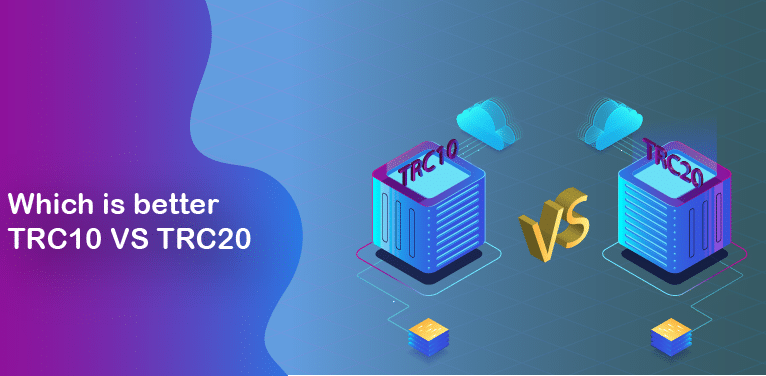Both TRC20 and TRC10 are tokenization standards on the Tron Network, but the difference between the two is that one is more geared towards creating complex smart contracts, while the other is more for the immediate creation and use of a new token as a currency.
More specifically, TRC-10 is a tokenization standard that’s natively supported by the TRON blockchain, whereas TRC-20 is used to issue and implement tokens with the Tron Virtual Machine (TVM), which is fully compatible with the ERC-20 smart contract on the Ethereum blockchain.
With that said, both TRC10 and TRC20 tokens would be used for normal transactions, but with different pros and cons, where the most obvious point is that TRC10 tokens cost 1000 times lower than TRC20 in regards to transactions fees, as well as a much simpler process to create a crypto token, but you have to deal with energy and bandwidth points when dealing with smart-contract deposits and transfers.
The choice to go with a TRC20 token is if you have a project in mind that you’d need to utilize its expanded functionality to suit your project’s needs. If you only require just a token for simple transactions for your project or business, then TRC10 would be enough. However, if you require a more complex application to use out of your token, then the utilization of a smart contract from a TRC20 would be the choice to go for.
Both of these Tron token types need to have TRX to be used as a transaction fee when conduction various transactions.
Comparing TRC10 VS TRC20 tokens
| Features | TRC10 | TRC20 |
|---|---|---|
| Developers Learning Curve | Easy | Medium |
| Interface Customization? | No | Yes |
| Accessible by Smart Contract? | Yes | Yes |
| Accessible by API? | Yes | No |
| Lost Token Protection | No | No |
| GUI for ICO | Yes | No |
| Deposit from Contract Address | No | No |
| Token Structure Learning Curve (for Investors) | Easy (Common structure) | Medium (Need to learn each token structure before sending to contract address) |
| Token Structure Learning Curve (for Wallets) | Easy (Common structure) | Medium (Need to learn each token structure before sending to contract address) |
| Easy to Track | Easy – Built-In | Need a 3rd-party platform to track |
| Decimal | Not Supported | Up to 18 |
| In Development | TVM support are in developers | Compatible with ERC20 |
| Transaction Fee | ~ 1000 times lower than TRC20 (using API, not by smart contract) | ~ 1000 times (dynamic) higher than TRC10 |
| Transfer | Can use API to transfer, but costs bandwidth points; transfer in smart contract costs both bandwidth points and energy. | Energy & Bandwidth Points |
The difficulty of creating TRC10 Vs TRC20 tokens
The difficulty of creating a crypto token on the Tron blockchain as a TRC20 type token is hard to the extent that you’d require the hands of a TRC20 smart-contract token developer(s) to create the token, assuming you’re not a developer yourself.
However, if you simply need a token with no complications regarding developing complex applications, then you’ll have a much easier time creating your own token as a TRC10 type token, where the creation of it is just filling up details about your crypto-token, have 1024 Tron TRX to spend (which is the amount that’s required to create a TRC10 token), and follow its steps on the Tronscan website, and then you’d have your very token. You don’t need to be a developer to create a TRC20 token.
Also Read: Which Tokenization Standard Is Better? ERC20 Vs TRC20
